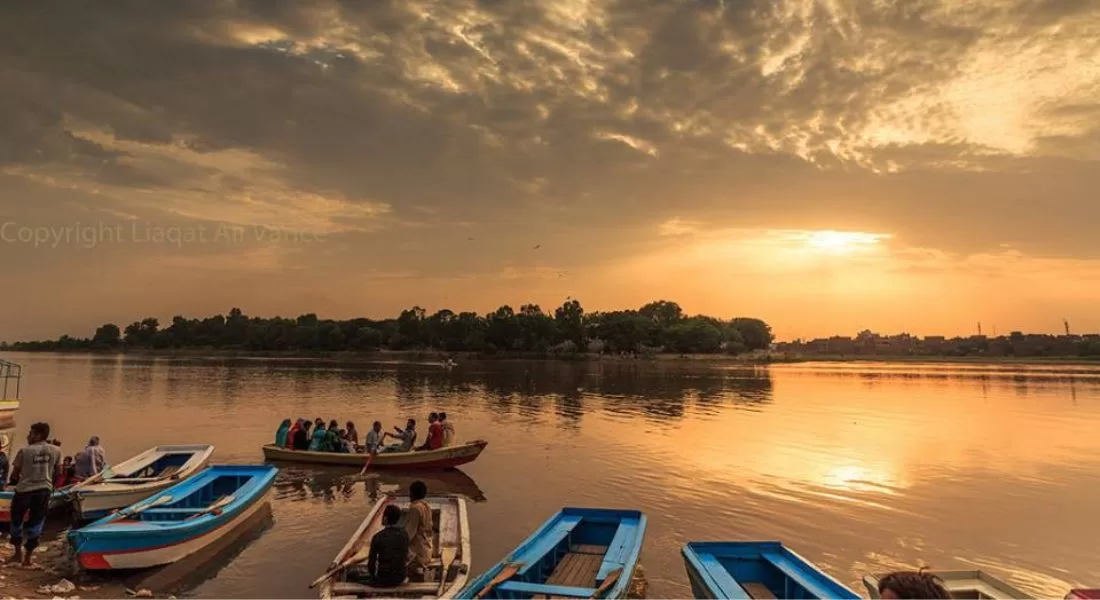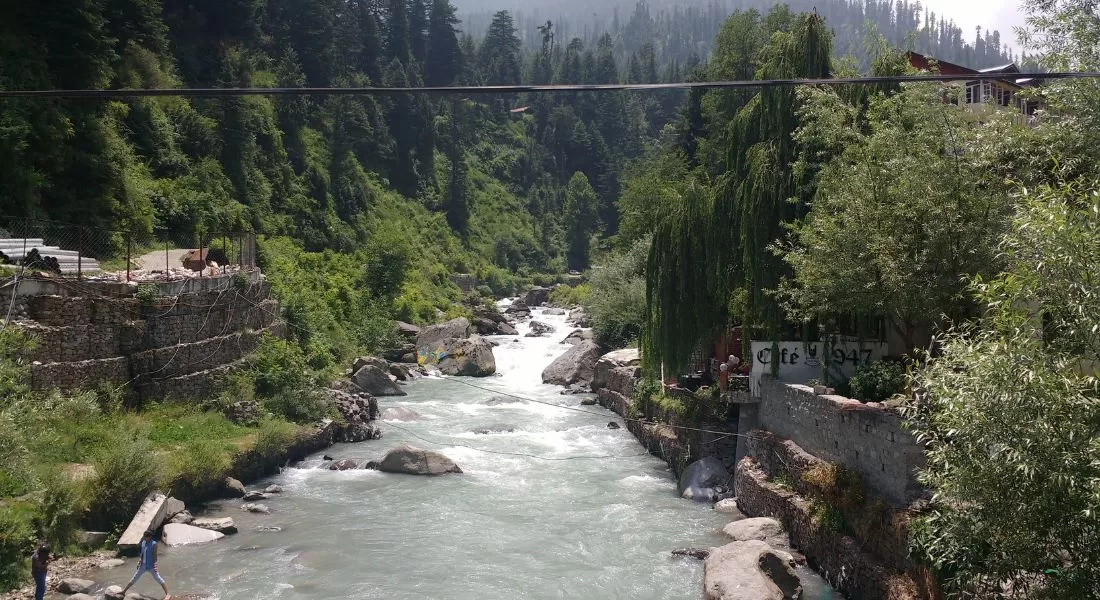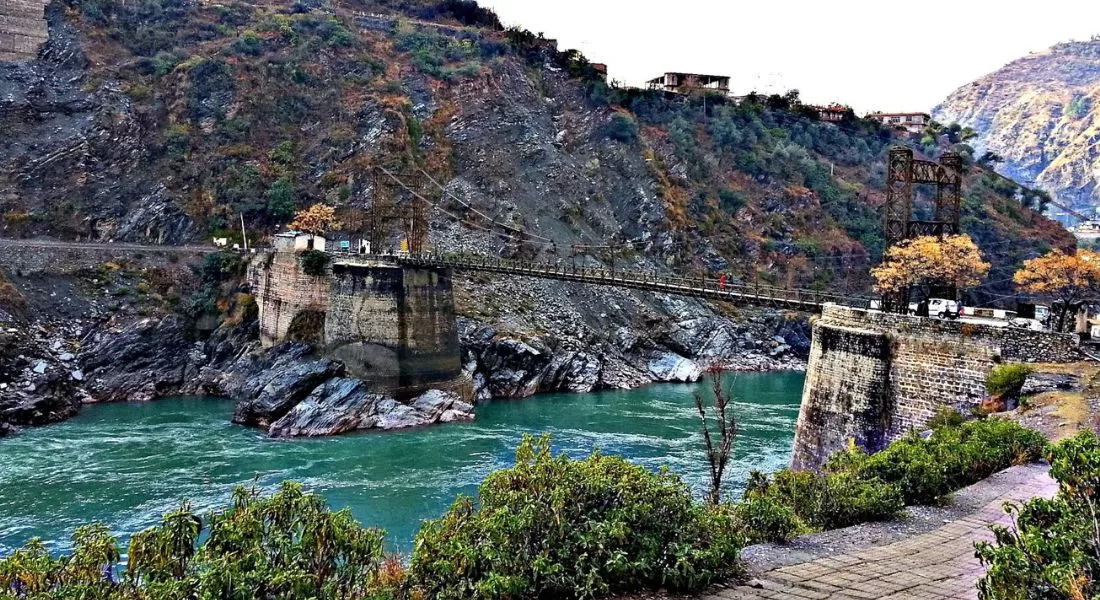Uncategorized
5 Punjab Rivers with Details
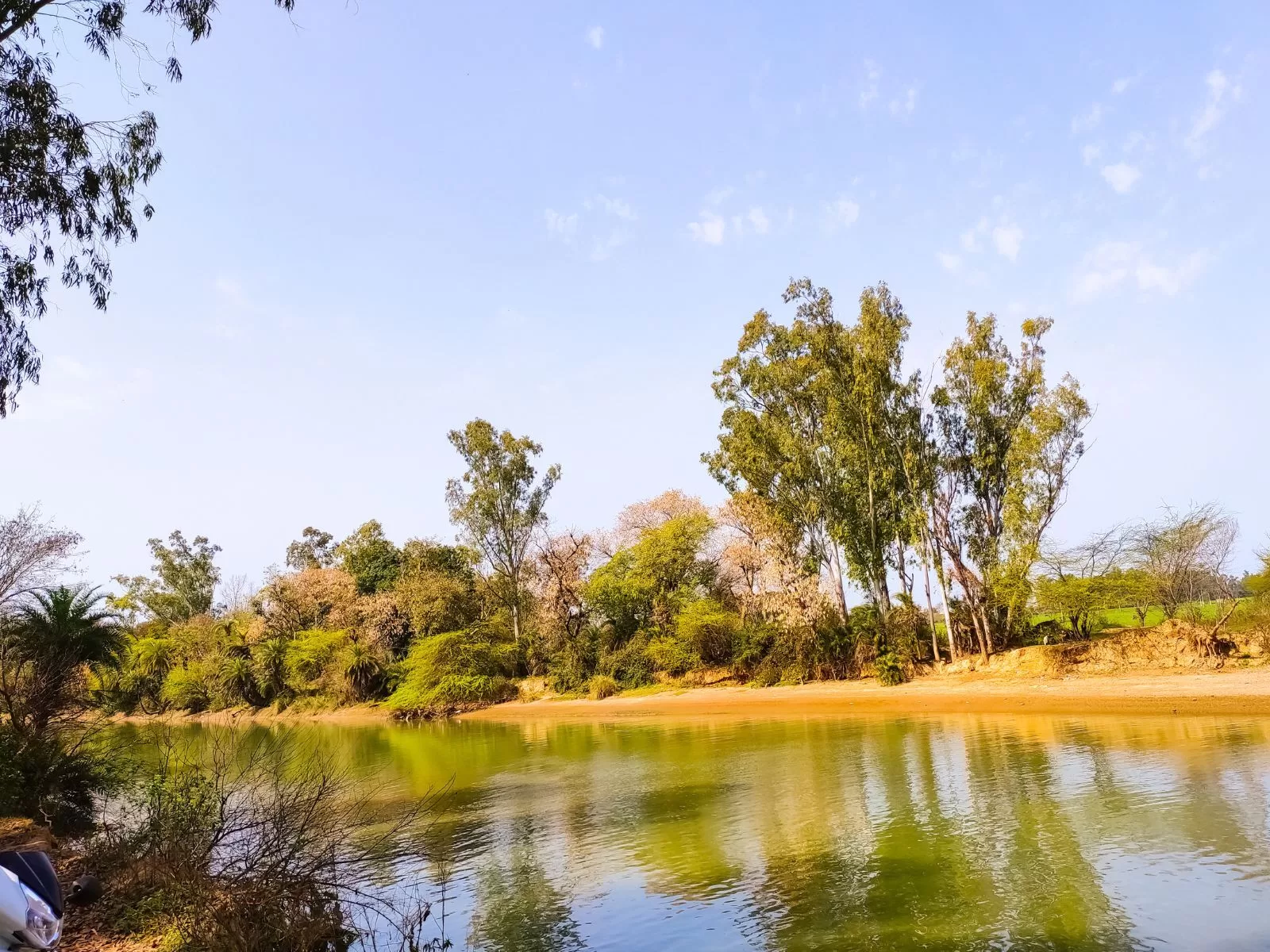
Punjab is best known for its rich heritage and culture. The impact of Punjabi culture has been so huge that every party in any state of India is incomplete without Punjabi music. Besides music, you all must have heard about the big and more popular things that Punjab has to offer. But do you know the Punjab rivers?
The name Punjab also comes from Punj (five) and Aab (water). As of today, only three of these Punjab rivers flow in current date India. While the rest two flow through Pakistan.
In this article, I will discuss these rivers and some important facts about them. So without further ado, let us begin.
Sutlej River
Starting off our journey with the largest river in Punjab, the Sutlej River covers a length of approximately 1450 kilometers. Moreover, the Sutlej River starts in the Himalayas. More specifically, near the Mansarovar Lake and flows into both India and Pakistan.
Although this river is commonly known as Sutej, its Vedic name is Shutudri or Zaradros River. The Sutlej River is mainly used for irrigation purposes. The famous Bhakra Dam in Punjab impounds water for both irrigation and electricity production from the Sutlej River.
The Sirhind Canal and the Sutlej Valley projects are also important irrigation projects that take the water from the Sutlej River. The Sutlej Valley Project involves both India and Pakistan. This river collects the water from the Beas River before culminating in the Arabian Sea.
One of the Punjab Rivers: Ravi River
Ravi is the second longest river among the rivers of Punjab. The total area covered in this river is approximately 720 kilometers. Additionally, the Ravi River originates in the Chamba district. From there, it curves around the Dhauladhar Range to enter the state of Punjab.
In Punjab, it enters around the Madhopur plains. In ancient times, the Ravi River was also known as Parushani or Iravati. The Ravi River enters Pakistan and eventually ends by joining the Chenab River.
The Ravi River is mainly used to provide water for irrigation to its nearby area. Rights to water from the Ravi River is a heated subject between India and Pakistan. But, as per the Indus Water Treaty, these rights belong to India now.
Beas River
The final river that flows through Punjab, India is the Beas River. The Beas River begins near the famous Rohtang Pass, Himachal Pradesh. The total area covered by the Beas River is approximately 470 kilometers. The name Beas comes as a dedication to the author of the Indian epic, Mahabharata, Ved Vyasa.
Beas is one river of Punjab that also ends in Punjab. This is because it joins the Sutlej River near Harike, Punjab. The waters from the Beas River are responsible for the irrigation of its nearby areas. To generate hydroelectricity, the river’s water comes into use.
Now that I have covered all three rivers of Punjab that flow in current-day India, Let’s see the rivers of Punjab that flow in Pakistan.
Chenab River
The Chenab River connects the water from the Jhelum River, the Ravi River, and the Sutlej River. The total area covered by this river is around 960 kilometers. Chenab River culminates in the Arabian Sea.
Jhelum River
The Jhelum River originated in Jammu and Kashmir. From Srinagar, this river enters Pakistan. One of these Punjab rivers ends when it joins the Chenab River. The Jhelum River covers almost 725 kilometers of area.
Final Words
Punjab has a rich history and the rivers of Punjab are a big part of that. Although, since partition, these Punjab rivers separated into two separate countries, their histories will forever belong together. For a state highly dependent on agriculture, these rivers are the lifelines of millions of people and wildlife.
Uncategorized
Chandigarh Study Shows Hope for Diabetes Remission
Diabetes is a serious health issue for many people in India.

Chandigarh study shows hope for diabetes remission, giving new light to people living with Type 2 diabetes in India. A team at PGIMER Chandigarh, led by Dr. Rama Walia, carried out this research and showed that a smart mix of medicines and lifestyle changes can make a big difference. The results were inspiring; around 31% of patients in the study managed to achieve remission, meaning they controlled their blood sugar without taking regular medicines.
Uncategorized
New AI Devices Launched in Punjab to Detect Cancer Early
The Punjab government is taking a big step to help detect cancer early.
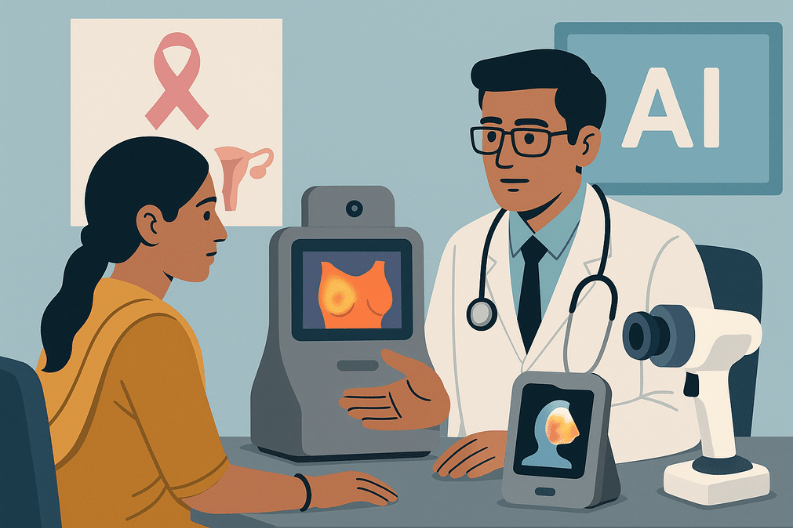
A major step in healthcare took place when new AI devices launched in Punjab to detect cancer and vision problems early. On September 23, 2024, Punjab Health Minister Dr. Balbir Singh announced the rollout of AI-enabled machines for breast cancer, cervical cancer, and vision screening. He called this launch a “historic leap forward” and noted that it is the first initiative of its kind in India.
Uncategorized
Chandigarh Drug Rehab Centre Faces Challenges in Recovery
In Chandigarh, there is a drug rehabilitation centre run by the Society for Promotion of Youth and Masses (SPYM).

In Chandigarh, the Chandigarh Drug Rehab Centre faces challenges as patients struggle with recovery in limited facilities. The centre, run by the Society for Promotion of Youth and Masses (SPYM), is located near the Indian Air Force Heritage Centre between Sector 17 and 18. While it plays an important role, the lack of outdoor space raises serious concerns about patient well-being.
Patients at the SPYM centre remain indoors all the time because there is no place for outdoor activities. Without sunlight or fresh air, recovery becomes more difficult. Health experts say people in drug rehabilitation need physical activities such as gardening, sports, or walking outside. These activities help them heal and return to normal life.
Dr. Ajeet K Sidana, head of psychiatry at Government Medical College and Hospital (GMCH-32), explains that patients dependent on drugs are not physically sick. Instead, they need structured outdoor activities to rebuild their lives. Keeping them locked inside 24×7 harms recovery.
The demand for treatment is increasing every year. In 2022, GMCH’s Drug De-Addiction Clinic saw over 2,440 patients, including 780 new cases. By 2023, that number rose to around 3,000, with 737 new patients. In 2024, the figures grew again to 3,156 patients, including 900 new ones. These individuals seek help for addictions to alcohol, opioids, cannabis, nicotine, and other substances.
Despite these numbers, Chandigarh has very limited inpatient care. Most patients only receive outpatient treatment, meaning they visit hospitals but do not stay overnight. PGIMER and GMCH-32 are the only facilities offering inpatient drug de-addiction care. Yet neither provides long-term rehabilitation services.
PGIMER often has long waiting lists because it serves patients from several regions. GMCH-32 has just eight beds for medicine-dependent patients. This shows how difficult it is for patients to find proper care. To make matters worse, the drug de-addiction centre at Government Multi-Specialty Hospital in Sector 16 has remained closed since 2020.
The only rehabilitation option left is the SPYM centre in Sector 18. It gets ₹13 lakh annually from the UT health department. However, its lack of outdoor and recreational facilities questions its effectiveness. The 2014 Chandigarh Substance Use Disorder Treatment, Counselling and Rehabilitation Centre Rules clearly require outdoor spaces and recreational activities. Without them, patients cannot receive the complete support they need.
Health officials admit the problem. Dr. Suman Singh, director of health and family welfare, stated that the centre lacks outdoor space due to infrastructure limits. Although other services are in place, this gap directly affects recovery.
Experts and community members now call for urgent reforms. Patients deserve better facilities, and the government must act quickly. With the rising number of cases, Chandigarh needs more centres with proper infrastructure, outdoor areas, and enough beds to meet the demand.
Recovery is possible when treatment facilities match patient needs. Outdoor activities, community engagement, and medical care together build a healthier environment. Without change, many patients will continue to struggle to find help.
In conclusion, the SPYM-run facility remains important but incomplete. The absence of outdoor space undermines patient healing. As demand continues to grow, the city must improve its infrastructure and services. Only then can recovery journeys succeed. Truly, Chandigarh Drug Rehab Centre faces challenges, and solving them is critical for public health.
-

 Entertainment2 years ago
Entertainment2 years agoTop 11 Punjabi Comedians of All Time
-

 Entertainment2 years ago
Entertainment2 years agoTop 15 Punjabi Models – Male and Female List
-

 City Guide2 years ago
City Guide2 years ago3B2 Mohali Market Shops: Discover 44 Hidden Gems
-

 Jobs4 years ago
Jobs4 years agoTop 20 IT Companies in Mohali
-

 Food4 years ago
Food4 years ago11 Best Restaurants in Mohali You Must Visit
-

 Property2 years ago
Property2 years agoWho Lives In Homeland Mohali: Punjabi Celebrities, Business People…
-

 Food3 years ago
Food3 years agoTop 15 Cafes in Mohali you must visit
-

 Education2 years ago
Education2 years ago10 Famous Punjabi Writers With A Great Impact On The Literary World


